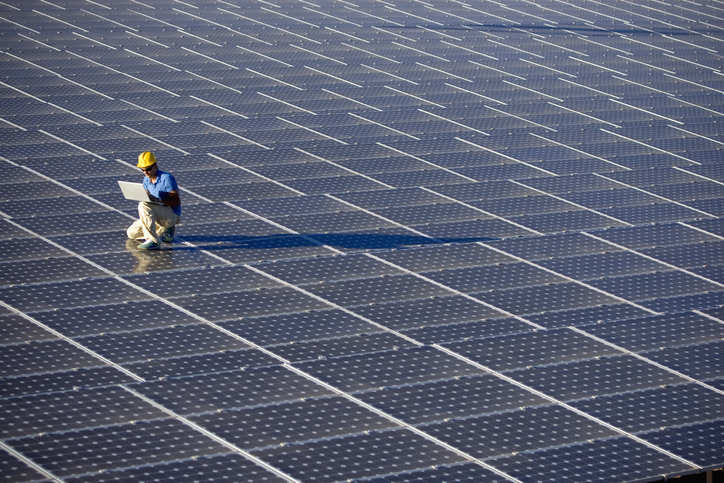The average lifespan of a solar panel is about 20 years but high temperatures as in the mojave desert can accelerate the aging process for solar cells and snow dust and other natural events tornadoes earthquakes can cause material fatigue on the surface and in the internal electric circuits gradually reducing the panel s power.
China producing solar panels affect on the environment.
Solar panels didn t start becoming widely popular until the 1990s and even more so post 2000s.
While not all manufacturers offer recycling programs today for old panels it hasn t been a huge concern considering the lifespan of these panels.
The sun provides a tremendous resource for generating clean and sustainable electricity without toxic pollution or global warming emissions.
This number is reduced when you consider solar panels that live in areas that experience dust or snow storms regularly.
As the world seeks cleaner power solar energy capacity has increased sixfold in the past five years.
There is still an initial input of resources to create wind turbines and solar panels as well.
Using solar energy can have a positive indirect effect on the environment when solar energy replaces or reduces the use of other energy sources that have larger effects on the environment.
Yet manufacturing all those solar panels a tuesday report shows can have environmental.
Most solar panels on the other hand do not require such fluids and are better for the environment.
Environmental scientists and solar industry leaders are raising the red flag about used solar panels which contain toxic heavy metals and are considered hazardous waste.
China faces this dilemma plus an even more significant issue.
With recycling expensive.
Solar energy systems power plants do not produce air pollution water pollution or greenhouse gases.
Without efficiency and reasonable limits to energy use solar and wind power only benefit the environment so much.
As a result the majority of panels are still useable and producing electricity.
The potential environmental impacts associated with solar power land use and habitat loss water use and the use of hazardous materials in manufacturing can vary greatly depending on the technology which includes two broad categories.






























